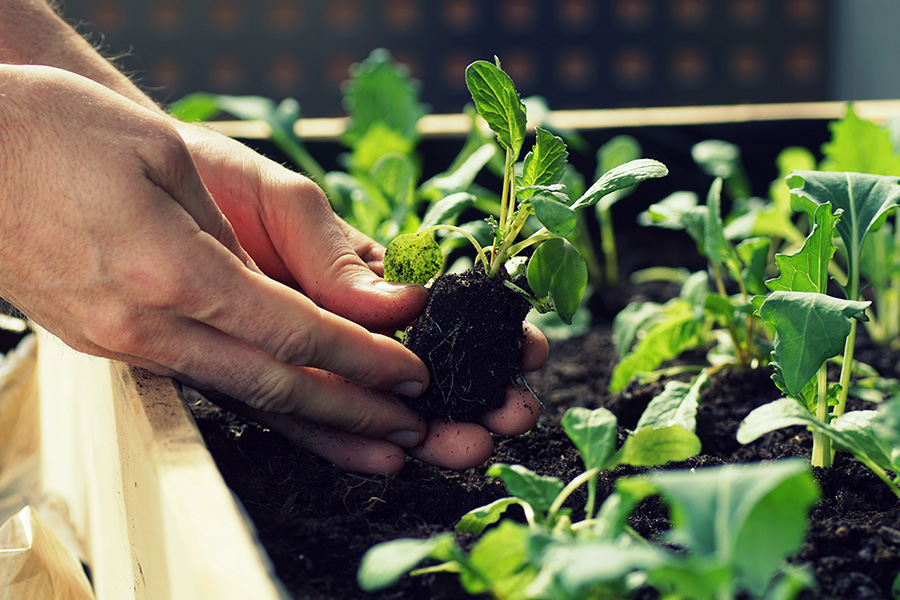Weeds, Diseases and Pests
-

A handy reference for the causal agents, susceptible turfgrasses, conditions promoting disease, symptoms, and control of: brown patch, dollar spot, Pythium, Helminthosporium leaf spot, fading out, gray leaf spot, fairy ring, take-all root rot, rust, slime mold, and nematodes.
Alfredo Martinez
|
-

Hophornbeam copperleaf has become an increasing problem in agricultural fields throughout Georgia. It can occur at densities that have the potential to reduce yields and influence harvest efficiency. Hophornbeam copperleaf is also known as three-seeded mercury.
Eric P. Prostko
|
-

Although rare, Formosan subterranean termite infestations have been found in Georgia. Formosan termites are not native to the U.S. They are commonly spread by movement of infested railroad crossties used in the construction of retaining walls and other landscape features.
Dan Suiter
|
-

Eclipta is considered to be one of the world’s worst weeds. This publication discusses the identification and control of eclipta in peanut.
Eric P. Prostko
|
-

Scientists classify armadillos with anteaters and sloths. They have poorly developed teeth and limited mobility. Armadillos are considered both an exotic species and a pest.
Michael T. Mengak
|
-

This publication discusses general aspects of the copperhead snake.
Michael T. Mengak
|
-

This publication discusses tropic croton identification and control in cotton and peanut.
Stanley Culpepper and Eric P. Prostko
|
-

Plant diseases can be a significant problem in home gardens. Most vegetables are susceptible to a number of diseases. Home gardeners can reduce the occurrence of many diseases with sound cultural practices. This publication discusses managing diseases in the home vegetable garden.
David B. Langston and Elizabeth L. Little
|
-

This publication outlines plant persistence and animal performance characteristics of novel endophyte-infected tall fescue and provides recommended pasture renovation practices.
Dennis Hancock
|